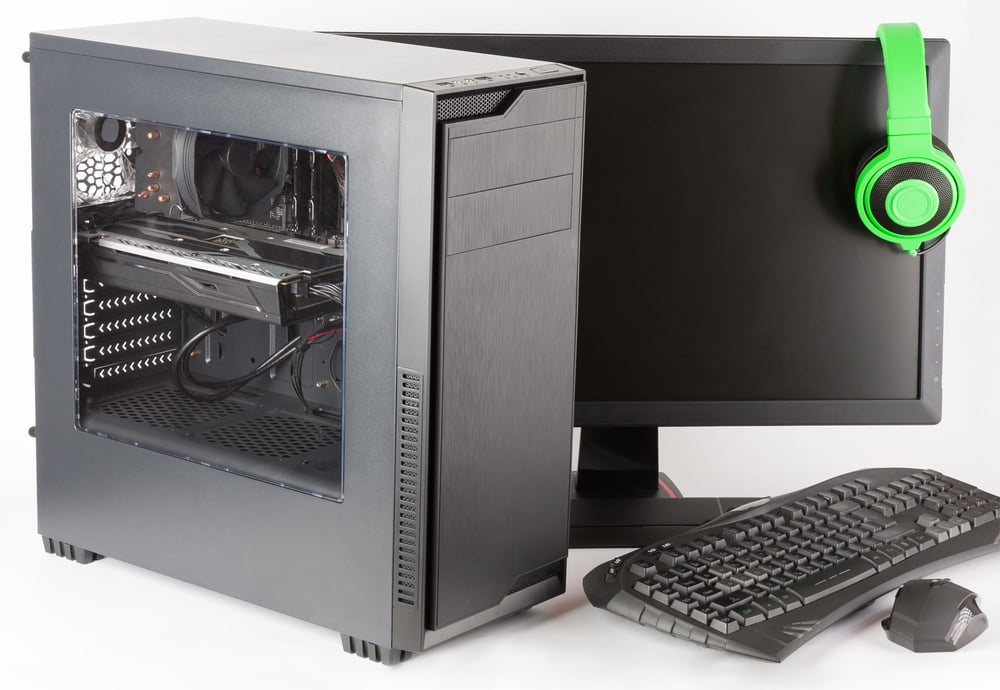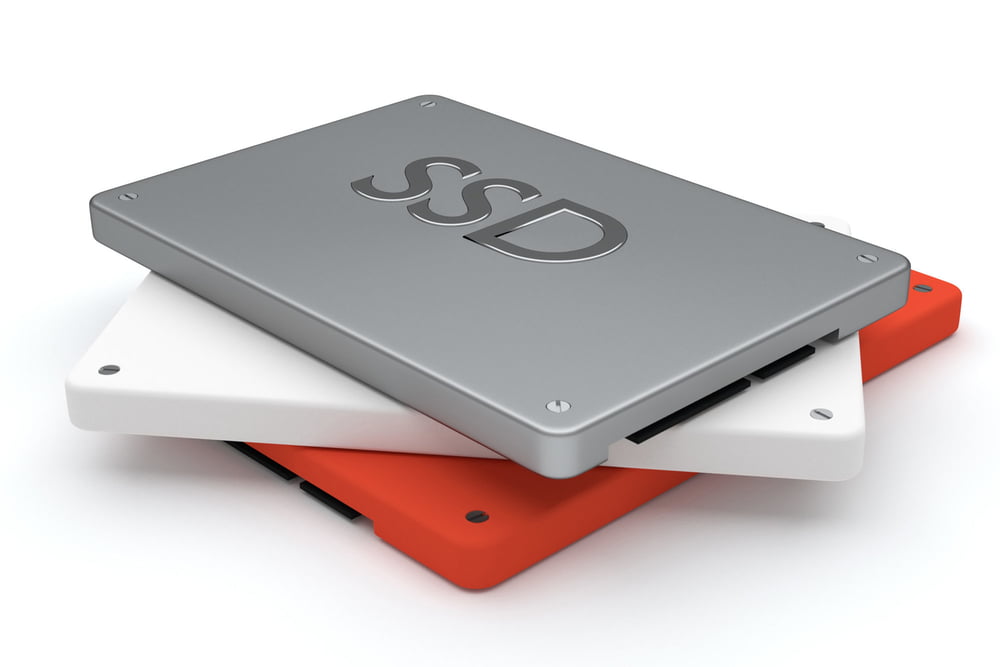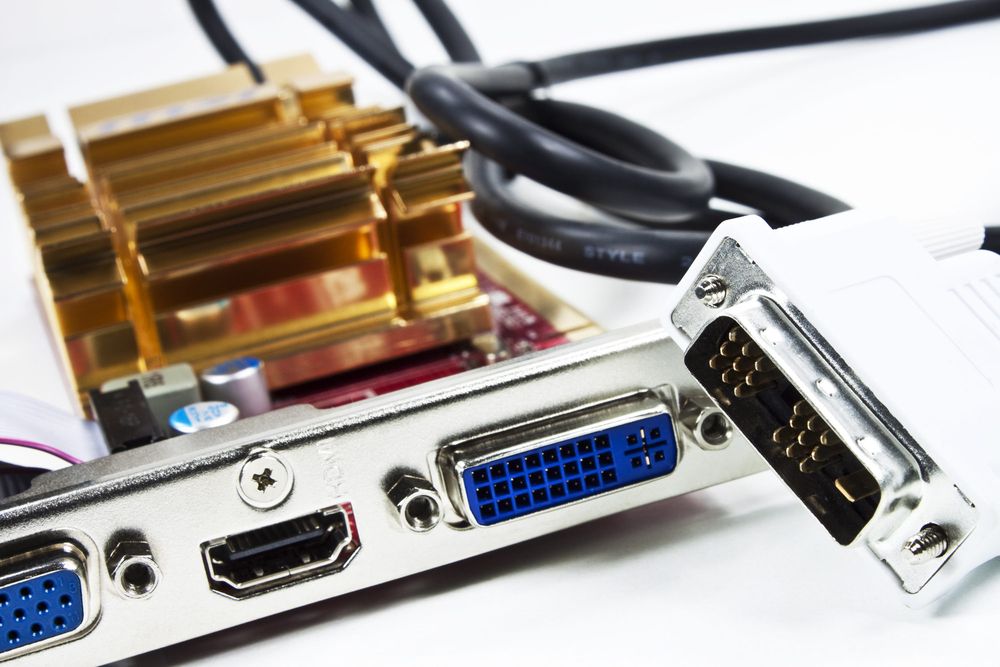3. The right system
While some years ago large studio consoles and tape machines with 48 channels, sometimes even more, were necessary to make professional recordings, you can nowadays achieve this with a standard commercially available PC and various peripherals, or with an integrated digital multi-tracker. Current Macs or PCs should come with plenty of processing power to compute high-quality productions in real time. Computers are indispensable in today's studios, they are pretty much the be-all and end-all in studios large and small, from the first recording to the final mastering.
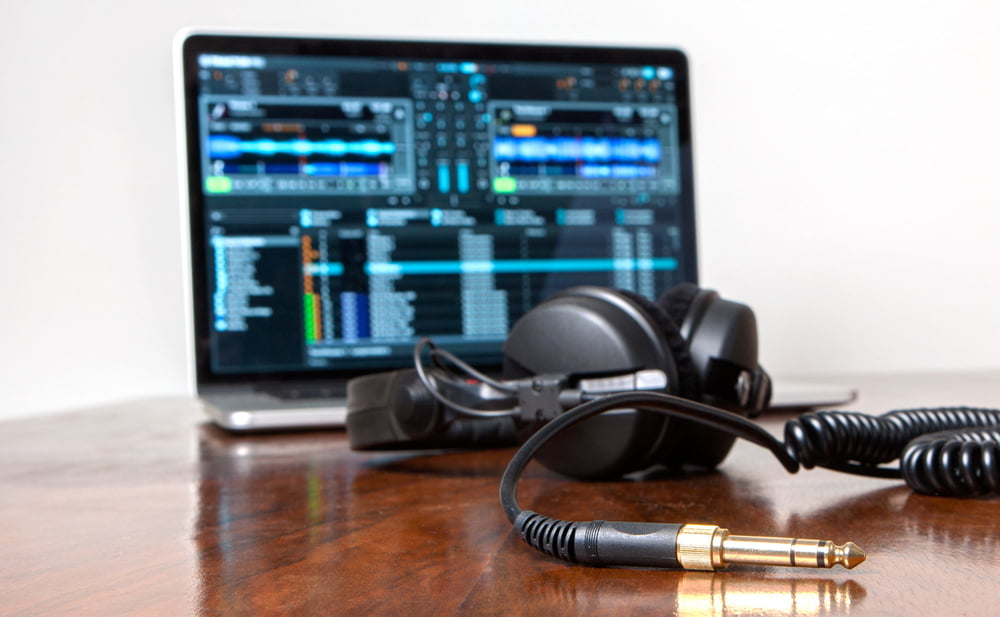
Computers have become the central devices for home recording. If it is fast and reliable multi-channel recordings of your band's rehearsal or a live gig you are after, you can also go for a multi-tracker; this depends solely on your personal preferences. With a multi-tracker, you don't have to worry about set-up on location, which saves time. The number of channels available depends on the hardware you have selected and cannot be increased afterwards. On the other hand, the user interface is usually absolutely convenient and 100% geared towards musicians. Finally, such devices are the easiest to move around.

Zoom LiveTrak L-12
Nowadays, multi-trackers are purely digital, and are available in a wide variety of sizes coming with an equally wide variety of features. There is more than enough choice at all price levels, from small 4-track devices to full work stations with mixing consoles and effects. Some multi-trackers even allow for the complete production of a piece of music on a single device, from recording the tracks to mixing and mastering.
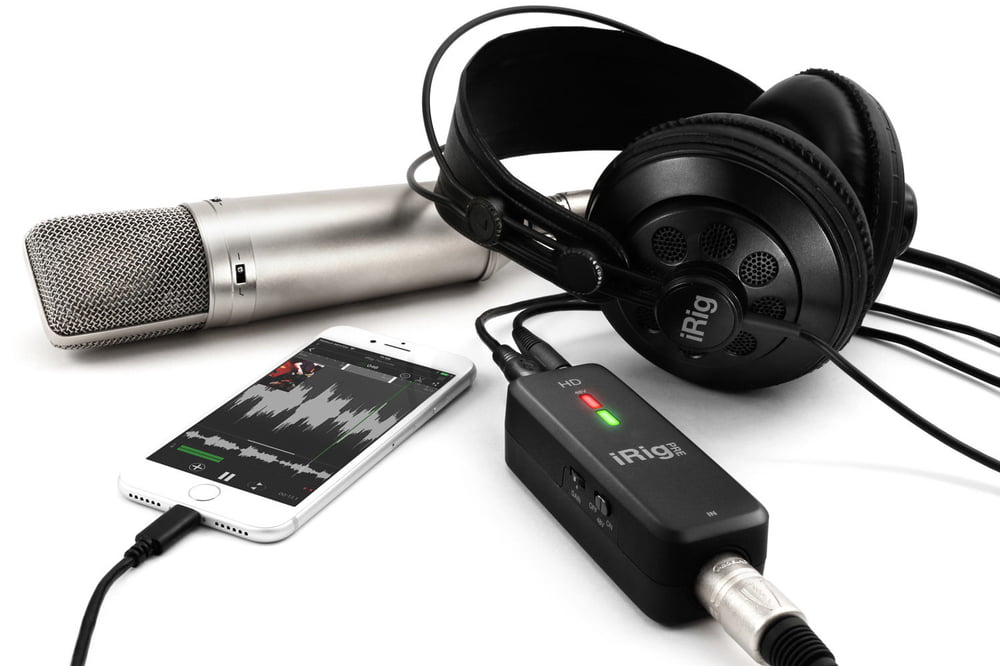
Professional recording solutions are available nowadays for smartphones and tablets, too.
On balance, however, the advantages of computers are simply greater, since no device is more flexible. Even if a recording was originally made with a multi-tracker, the audio tracks are subsequently uploaded onto a computer for processing. Computers can be expanded in any imaginable way by adding new or updating existing software. They come with large displays, and thus greater clarity, and hardware can be added to it at any time for relatively little money.
As tempting as the possibilities of computer recording are, the plethora of options is confusing. You should therefore definitely get some advice.
Laptop or desktop computer
The currently available laptop (notebook) computers, like their desktop counterparts, come with sufficient computing power for music production. Which of the two you go for depends on your requirements. If you want to record complete bands in your home studio, have greater than usual requirements concerning the number of tracks, or want to work with enormous sample libraries, you should opt for a desktop computer. If you use the computer for one or two artists only, intend to do just a recording now and then, or are a digital DJ, a laptop should suffice. But just to be clear: It's not the computing power that limits the laptop, but rather the fact that it can be expanded only to a certain limit, and you cannot setup systems as large as with a desktop as easily.
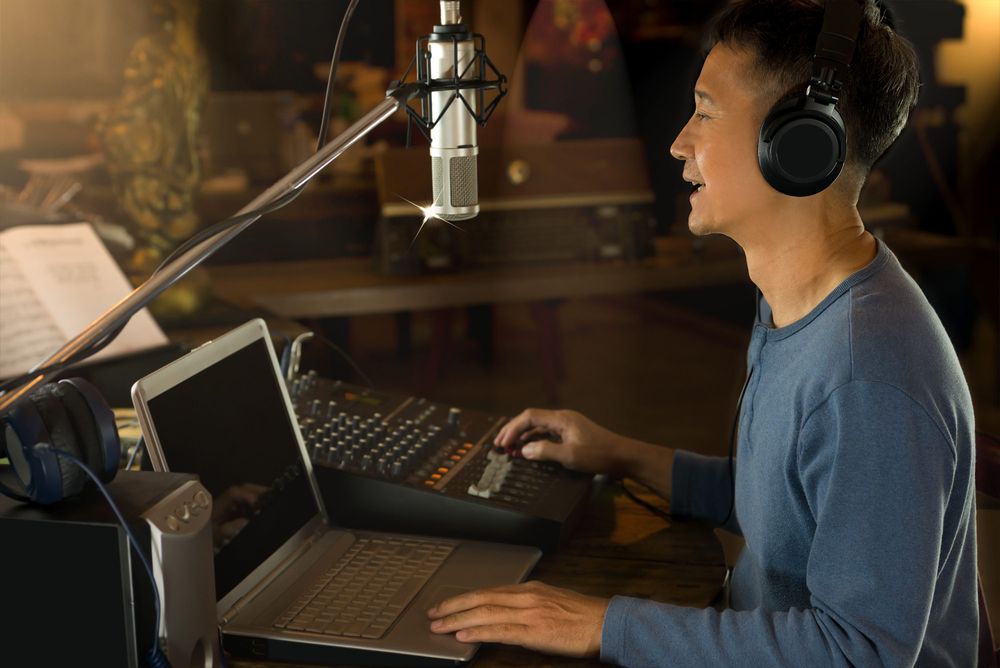
Recording on a laptop

Studio work on a desktop computer
PC or Mac
Since Apple moved to Intel processor platforms and thus became available at competitive prices, this question has been difficult to answer. Almost all advantages and disadvantages in comparing PCs and Macs are becoming blurred. While design is a factor still noticeably important to Macs, PCs remain a few hundred Euros cheaper. The notion that Mac OSX is clearly superior to and more stable than Windows can no longer stand unchallenged. One advantage of Macs is that either system can be installed on them. A great advantage of PCs is their ubiquity, coupled with the fact that it is easy to find help when problems do occur.
There is no significant difference when considering the products available for the two systems. For sure, some companies develop software exclusively for one of the two, and some manufacturers release software first for PCs and much later for Macs - or vice-versa. But overall, there is more than enough choice of software for both systems.
How to choose the remaining equipment?
Before you decide on a purchase, you should think about what type of music you intend to produce. This is not really about genre as much as about whether you will work with individual artists (or artists individually) or bands. This determines how many input channels or mics you will need and which equipment is absolutely necessary.
You should also figure out your budget, since it must cover all your equipment (a wickedly expensive mic will do you no good if you hook it up to a basic pre-amp in a budget mixer, nor will a premium audio interface with 32 channels be a wise investment if all you plan to produce is podcasts). In principle, you shouldn't be miserly when buying your recording equipment - the better the recording quality, the easier production will be, after all. The equipment for the subsequent steps is available in all price ranges, and you are freer in your choice here. Keep in mind that you very likely will want to expand your equipment from time to time - so make sure that your system allows for this kind of expansion, for example by swapping or adding components.
Our expert sales team will of course happily assist you with your purchases, and they will find the best value for your budget - call us or send us an e-mail!
Hardware requirements
Your computer set-up will of course correspond closely to your requirements of your studio. But try to anticipate the things that may come - for one, computer technology becomes obsolescent very quickly, and you'll also probably find that you want to expand your production skills and methods once you've successfully completed your first productions. About technological process: it does not matter a single bit when you buy your computer. It will be available more cheaply after a couple of months, or replaced by a superior model. Deal with it. Don't wait. Invest in a powerful computer that comes with all the features common at the time of purchase, and don't fret about how quickly it may become outdated. In particular, do not fret about completely new developments in computing; any really new technology needs some time to prove itself useful, not matter how big the buzz is when it enters the market. This is particularly true in the field of audio technology. USB 3.0 interfaces were first introduced in 2008. At the time of writing (2017), there are only a handful of audio interfaces which use the USB 3.0 standard. In fact, you can count yourself lucky if a USB 2.0 audio interface works on a USB 3.0 port on your computer.
Make sure that the computer you choose is particularly quiet, so that it does not interfere with your mic recordings. Several components are available that can help you in modding the computer - ultra-quiet ventilation fans, dampeners, PSUs and sound insulation mats among them.
Processors (CPU)
The rule of thumb is: the faster, the better. However, the increased RAM needs of a more expensive ultra-powerful CPU may render moot its advantages. Better to go for a medium-level CPU, since they offer the best value for money. The fastest CPUs are unreasonably expensive. If you intend to work mainly on a laptop on battery, go for a mobile version to ensure longer battery running time. Mobile versions also tend to heat up less, which then reduces the computer's ventilation noise.
Mainboard
When choosing a motherboard, you should pay particular attention to its chip set and the available interfaces. As a rule, it is safe to assume that budget models include outdated components. Again, the medium price range is a safer bet. Current desktop mainboards should feature at least two PCIe (PCI express) slots with at least 16x speed. It is often advantageous to buy a main board with an original set of Intel chips (Intel chip sets are used even in the development of the processors). Firewire is rapidly departing the PC world, but Thunderbolt technology, which is well-established on Macs, offers downwards compatibility with Firewire 400/800, so that Firwire interfaces remain an option for Macs at least. The world of Windows remains to be conquered by Thunderbolt, with the USB 3.0 interface with USB 2.0 downward compatibility still the state of the art.
Any new laptop should likewise come with the latest chip sets. Older chip sets tend to use more energy, which reduces battery running time and increases ventilation noise. They are also slower.
RAM
For a music PC, 8 to 16 RAM is the absolute minimum. If you want to use many VST instruments and large sample libraries, you should have more memory available. The current 64 bit operating systems can use large RAM effectively.
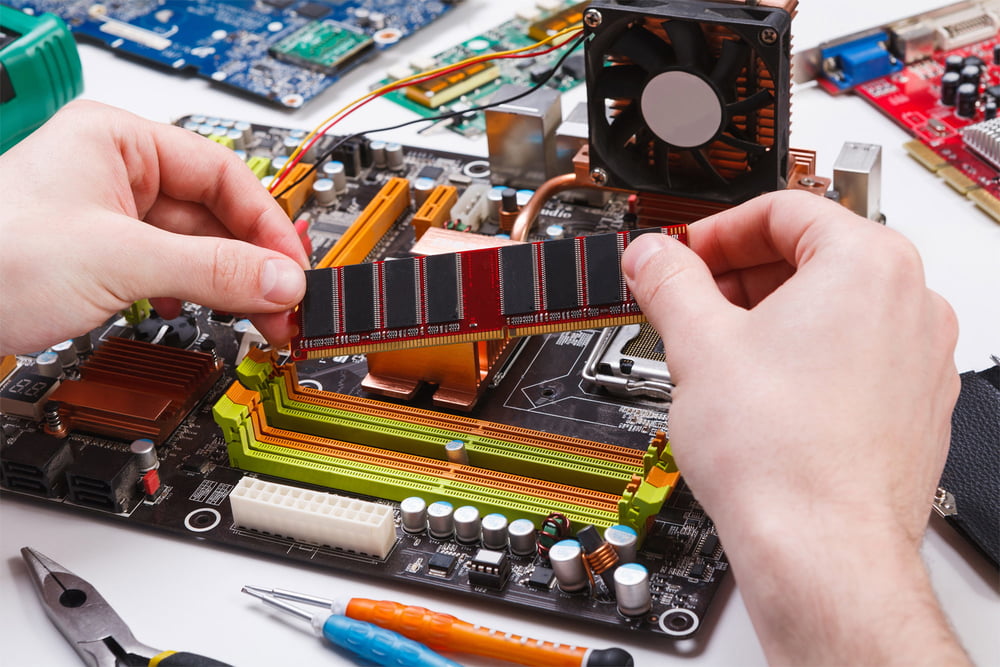
The main board should provide sufficient space for memory extension.
Hard disk/SSD
A capacious and fast hard disk is an indispensable precondition for hard disc recording. The amount of data involved (depending on recording quality) should not be underestimated. We can choose among 44,1 kHz/ 16 bit, 48 kHz/ 24 bit, 96 kHz/ 24 bit – or should we go for 192 kHz /24 bit, after all? At a sampling rate of 44.1 kHz, 24-bit mono recording requires about 7.5 MB per minute (15 MB for stereo). This means that a 32-track recording of a 4-minute track without overdubs or any additional takes will amount to around 1 GB of data. With all takes included, you'll quickly arrive at 4-6 GB per such track. SSDs have become the standard nowadays, i.e. solid state disks without mechanical read/write heads that are therefore much more resistant to physical shock and also a great deal faster at reading/writing, which is appreciable in the performance of virtual instruments. However, their disadvantage is that they are significantly more expensive while offering less memory capacity.
SSD hard disks
It also makes sense to have not just one hard disk in your computer, but to install one for the operating system and software programmes and a separate one for all your audio content, i.e. recordings, sample libraries, etc. External hard disks, or even an NAS system for backup purposes, are a good investment.
Graphics card
Visual representation on a monitor requires a graphics card. The commonly available standard is entirely sufficient, since music software does not require 3D graphics. We recommend a PCIe 16x graphics card with 2 monitor ports that can work simultaneously in parallel. Make sure that the graphics card is passively cooled, so that no active ventilation is necessary.
With laptops, you should make sure that they feature a second port for a monitor. Furthermore, the laptop's graphics card should not share space with the main memory; it should have its own RAM. Chip set graphics with so-called shared memory (the names differ) are not recommended.
Monitors
Reaction time is not a major consideration for musicians when they purchase monitors, since it is only important for fast-paced video games or for movies. Colour rendering, too, is a secondary concern. What does matter is good contrasts, brightness and sufficient width. Make sure you don't buy a high-gloss TFT monitor; instead, go for matte to reduce reflection interference. TFT monitors larger than 24 inches have become quite affordable, so you may be able to afford two of them. This is because audio sequencing programmes require a lot of screen space, and two monitors simply make for much more relaxed work.
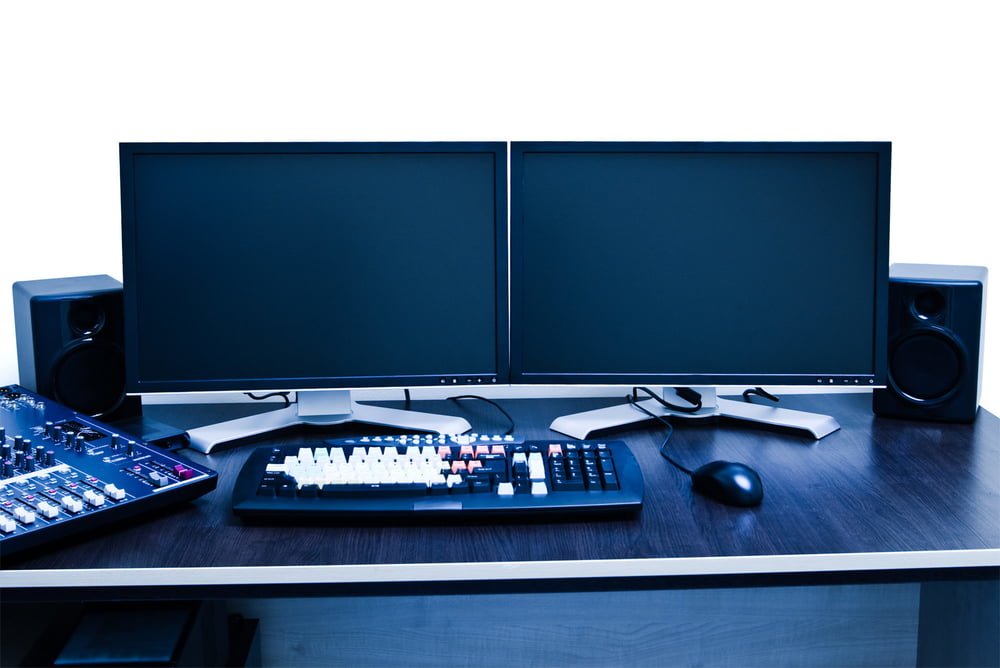
Desktop work station with two displays








